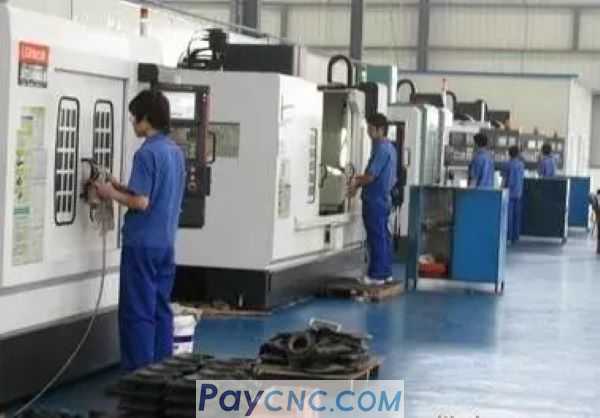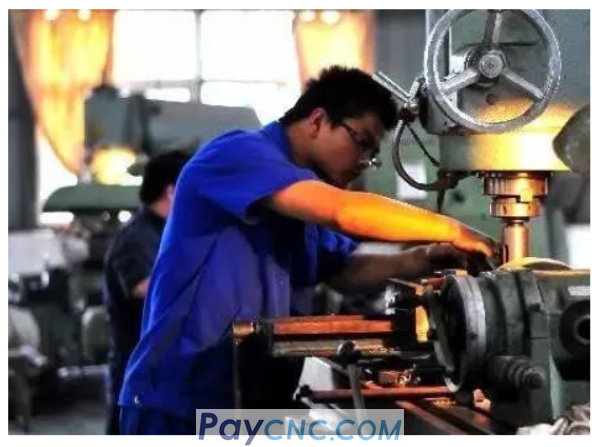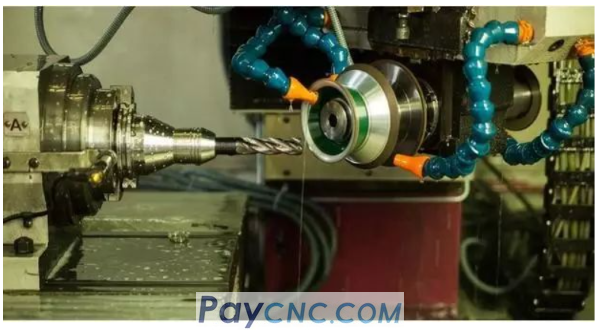 1. The tool centralized ordering method is to divide the processes according to the tools used, and use the same tool to process all the parts that can be completed on the part. Use the second knife and the third knife to complete other parts they can complete. This can reduce the number of tool changes, reduce idle time, and reduce unnecessary positioning errors.
Second, the arrangement of the processing sequence and the need for positioning and clamping are considered. The point is that the rigidity of the workpiece is not destroyed.
1. The processing of the previous process cannot affect the positioning and clamping of the next process, and there are general machine tool processing processes in between.
2, first carry out the inner shape inner cavity adding process, and then the outer shape processing process.
3. It is better to connect the processes of the same positioning, clamping method or the same tool to reduce the number of repeated positioning, the number of tool changes and the number of moving platens.
4. For the multiple processes carried out in the same installation, the process with less rigid damage to the workpiece should be arranged first.

3. The following four points should be paid attention to when determining the positioning reference and clamping plan:
1. Strive to unify the design, technology, and programming calculation benchmarks.
2, try to reduce the number of clamping times, as far as possible to be able to process all the surfaces to be processed after one positioning.
3. Avoid using manual adjustment schemes.
4. The fixture should be opened smoothly, and its positioning and clamping mechanism should not affect the cutting during processing (such as collision). In such a situation, use a vise or add a bottom plate to draw a screw.
4. The tool setting point can be set on the part to be processed, but note that the tool setting point must be a reference position or a part that has been processed. Sometimes the tool setting point is destroyed after the first process, which will cause the second process There is no way to find the process and subsequent tool setting points. For more CNC knowledge, please pay attention to the WeChat public account (CNC programming teaching). Therefore, when setting the tool in the first process, pay attention to setting up a relative position that has a relatively fixed size relationship with the positioning datum. The tool setting position, so that the original tool setting point can be retrieved according to the relative position relationship between them. This relative tool setting position is usually set on the machine table or fixture.
5. Take the knife route:
1. Ensure the machining accuracy requirements of the parts.
2. Convenient numerical calculation and reduce programming workload.
3. Seek the shortest processing route, reduce the empty tool time to improve processing efficiency.
4. Try to reduce the number of blocks.
5. To ensure the roughness requirements of the workpiece contour surface after processing, the final contour should be processed continuously in the last pass.
6. The advance and retreat route of the tool should also be carefully considered to minimize the knife mark left by stopping the tool at the contour, and to avoid cutting the workpiece vertically by cutting the tool on the contour surface.

6. After the workpiece is aligned and the program is debugged, it can enter the automatic processing stage. In the automatic machining process, the operator should monitor the cutting process to prevent abnormal cutting from causing workpiece quality problems and other accidents.
|
 |
| Products Catalogue | Home | About Us | Retrofit | Download | News | Tech Support | Contact Us | |
|
|
|
